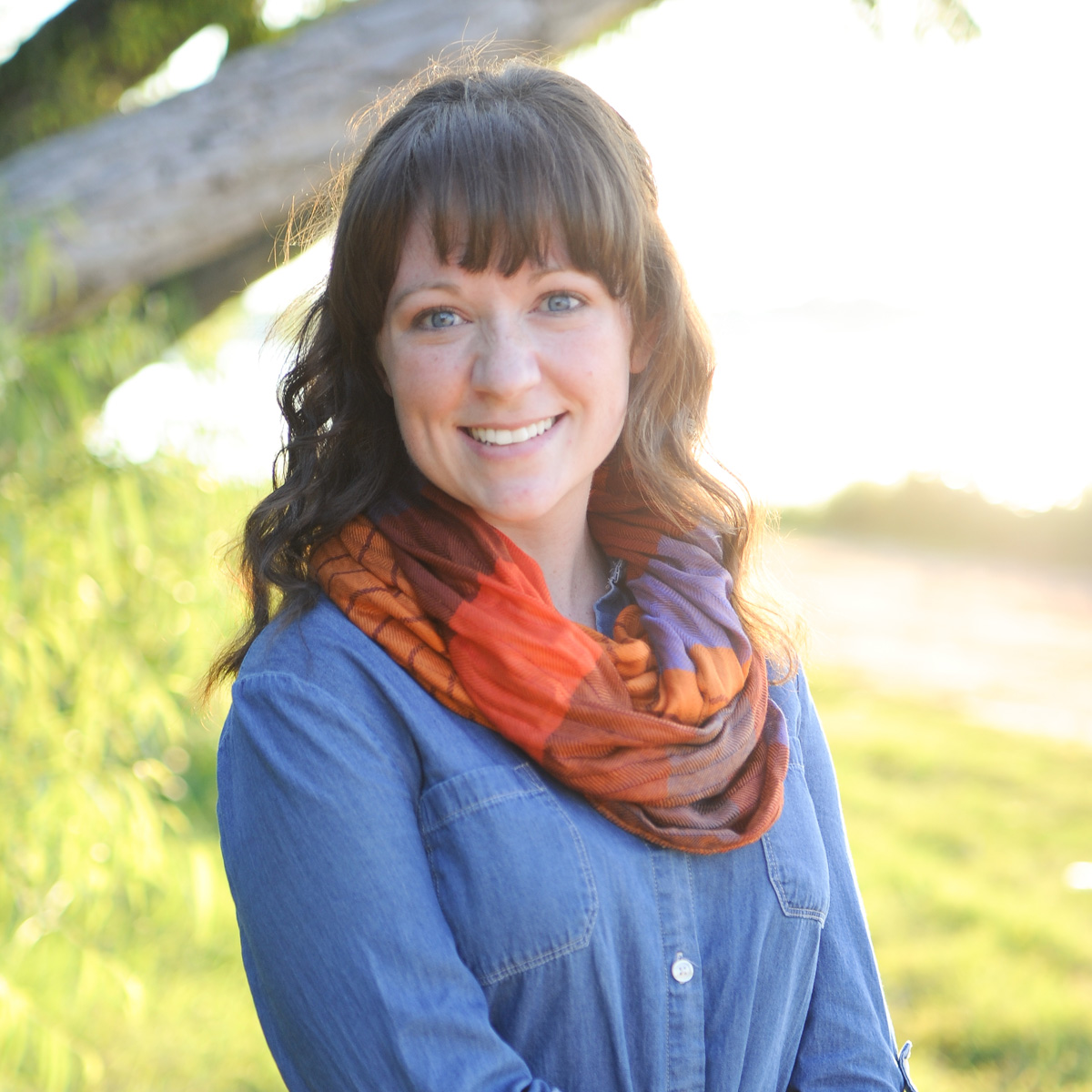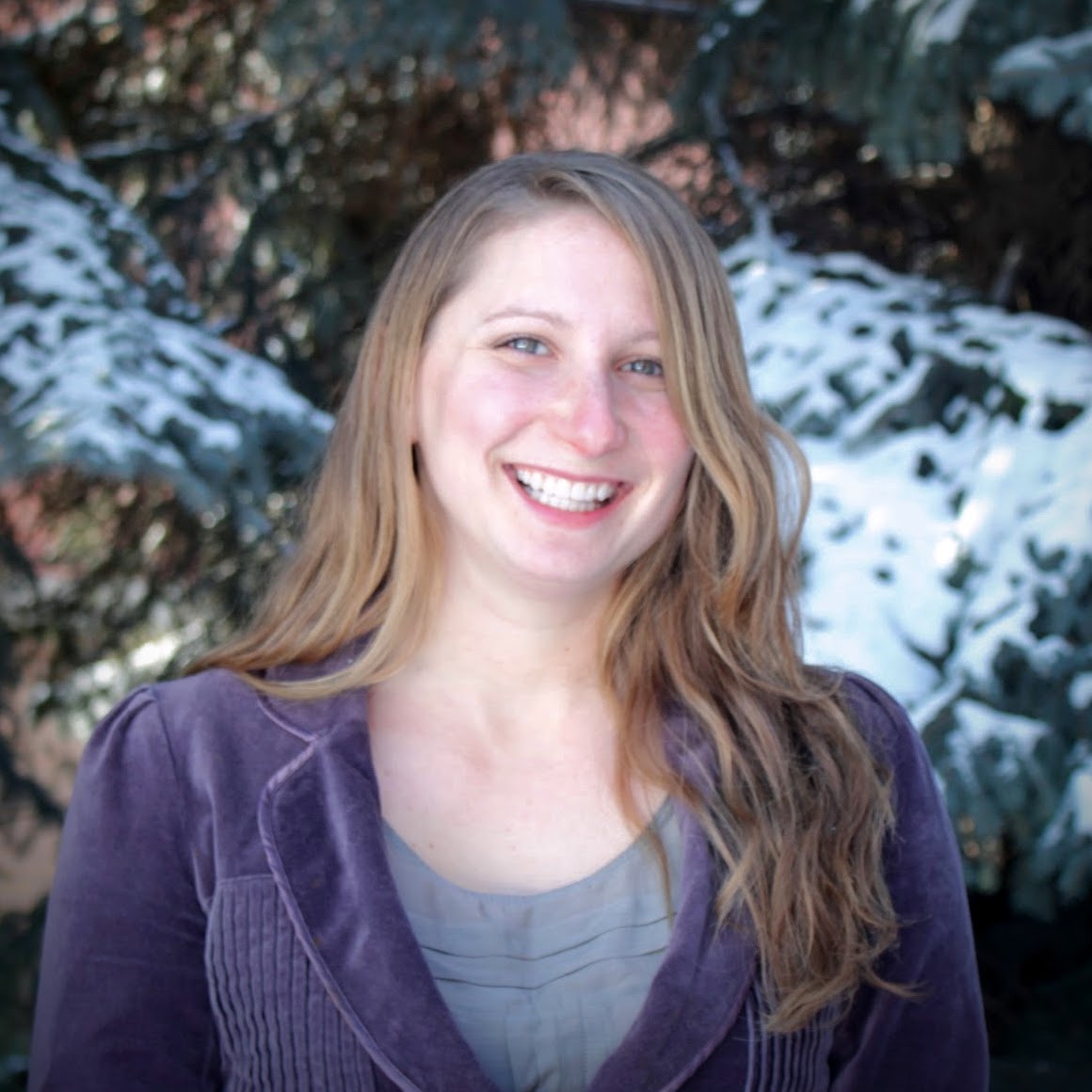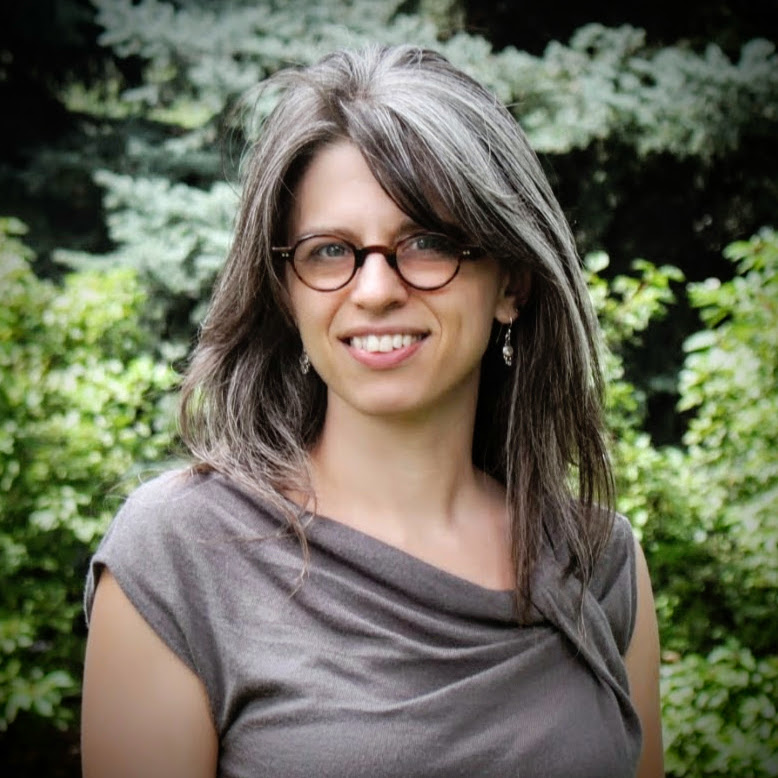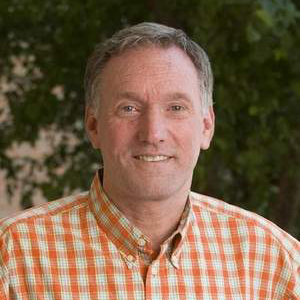 In November, four IBE staff attended the Greenbuild International Conference & Expo in Washington, DC. Read on to hear their “Best of Greenbuild” experiences and to tap into new resources—whether you attended the conference or not.
In November, four IBE staff attended the Greenbuild International Conference & Expo in Washington, DC. Read on to hear their “Best of Greenbuild” experiences and to tap into new resources—whether you attended the conference or not.

STEPHANIE BARR
Healthy air in green buildings doubled cognitive function in Harvard study.
A recent study led by Harvard’s Center for Global Health & Environment shows conclusive evidence of the positive effect of healthy indoor environments on cognitive functions. Using a controlled, double-blind experiment, the team saw a 61% increase in cognitive function in green building conditions and a 101% increase in enhanced green building conditions. This level of certainty has never been reached due to the confounding variables present in buildings; hence, a controlled experiment was required. It’s exciting to know this effect to justify better ventilation for office buildings. And since 90% of business expenses are connected to people, not utilities, healthy building design is a critical focus.
What this means for the industry: We now have the science to definitively back up the need for healthy indoor air. Improved ventilation, filtration, and non-toxic materials should no longer be debated. Let’s move on to more important issues.
The Investor Confidence Project provides an underwriting certification for energy audits to ensure energy efficiency projects are investor-ready.
We know that existing building stock is ripe with energy efficiency opportunities that can yield significant returns. However, how can investors be confident that their funds will be spent wisely and well-managed? Financial executives are unlikely to be engineers, so they are unable to review process and assumptions to ensure an audit’s financial analytics are sound. As well, long-term savings are heavily dependent on those operating the building. Therefore, the Investor Confidence Project provides an underwriting certification that makes energy efficiency a more viable investment product.
What this means for the industry: There will continue to be more private capital available for energy retrofits. Building owners will quickly get on board since this usually requires zero capital investment and immediate positive cash flow. Many large investor groups are interested in entering this market (e.g., Deutsche Bank) because if performed correctly, this is s a low-risk investment with high environmental and social impact.
 HELENE GOTTHELF
HELENE GOTTHELF
Pushing Materials Transparency: Tips for Tackling LEEDv4’s Game-Changing Materials + Resources Credits
Before delving into LEEDv4’s Building Product Disclosure & Optimization (BPDO) credits consider these three product rules—shared by material experts Jennifer Atlee, Anne Harney, Paula Melton, and Kirsten Ritchie—that struck a chord with me:
- Compare with care: The intention of the BPDO credits is to encourage transparency. The more consumers ask for Environmental Product Declarations (EPD), Health Product Declarations (HPD), and Corporate Sustainability Reports (CSR), the more commonplace these will become. There’s still work to be done to standardize the information and methodology used in these reports. Until then, compare products with care and understand that just knowing the information is half the battle…for now.
- Let someone else do the work: There are numerous resources available to project teams to understand which products and organizations have EPDs, HPDs, and CSRs. Before getting lost in a rabbit hole, check out this Materials Mind Map for a comprehensive list of resources.
- Perfection is the enemy: More information brings more choices. This is great for the materials transparency movement, but can be overwhelming when trying to decide which material to use. Should you choose the carpet with low global warming potential but manufactured in China, or the one that’s local but contains toxic substances? There might not be a one-product-has-it-all option, so do your research and make the best informed decision for that particular project.
What this means for the industry: Achieving LEED BPDO credits may be difficult for now since the concepts are new to many product manufacturers and suppliers. However, the more the green building community shares its methods, challenges, and resources for achieving these credits, the faster we’ll see market adoption and the easier it will become to achieve these credits. It’s time to roll up our sleeves and work together to bring transparency to materials!
 JOSIE PLAUT
JOSIE PLAUT
Creating Living, Regenerative Environments Workshop Sold Out
Brian Dunbar and I, along with Stacy McMahan of Koch Hazard Architects and Max Zahniser of Praxis Building Solutions, presented LENSES to a sold-out room of 200 building professionals during a special 2-hour session. LENSES (Living Environments in Natural, Social, and Economic Systems) is a structured process for regenerative development. During the session, participants interacted with the concepts and process of the LENSES framework through hands-on activities. From the sold-out attendance, number of questions, and input from participants who approached us afterward to share how they could integrate LENSES into their work, this session was a strong confirmation that this is just the beginning of market adoption of this fairly new regenerative development framework. Learn more about LENSES.
DamNation: A study in the shift from conquering nature to recognizing nature within us
I was fortunate to see Greenbuild’s showing of the documentary “DamNation.” This film offers an inspiring look at the movement to remove dams from rivers, restore salmon and other fish populations, and bring back ecological health, all while honoring native peoples. I highly recommend having a watch yourself. Learn more here.
 BRIAN DUNBAR
BRIAN DUNBAR
The Best of 14 Greenbuilds
Having attended all but one Greenbuild, I’m struck by many recent reflections. Here are a few.
CSU and IBE are always well-represented by students and staff at this international conference that annually attracts 20,000 to 25,000 planning, design, construction, and facilities professionals. IBE has coordinated receptions and lunches at many Greenbuilds to bring students, alumni, and partners together. This year, Roberto Mesa, former IBE intern and CSU grad student, brought three Costa Rican colleagues to join us. Because of the teacher in me, I always ask the assembled group to quickly share their “Best of Greenbuild”—either a great session or a big “a-ha.” From this year’s shares, we learned of ground-breaking community engagement in Pittsburgh, new water conservation strategies, the next evolution of LEED, health research breakthroughs in school design, and new building innovations. Those who have been part of a previous lunch always plan time to join the next year’s gathering because it’s a great way to put a seal on another inspiring Greenbuild.
Another reflection takes me back to the first Greenbuild in Austin in 2002. One of the keynotes was a confident young architect from South Africa, Chrisna de Plessis, who proclaimed that sustainable building does not go far enough. While I appreciated her brash sentiments, I couldn’t have imagined that nine years later, she would contact IBE and ask to study our LENSES framework. Chrisna and University of Melbourne’s Dominique Hes integrated LENSES into their co-authored 2015 book, Designing for Hope, which focuses on the promise of regenerative design and development. The book encourages the use of LENSES and showcases our work on the Children’s Discovery Village at the Cheyenne Botanic Gardens. We often credit Chrisna with inspiring many of us at IBE, so to be included in her positive, forward-looking book is a great boomerang, as they would say down under!
Like the previous 13 for me, this Greenbuild did not disappoint. I look forward to growing and re-connecting with IBE’s growing family again at Greenbuild 2016!
